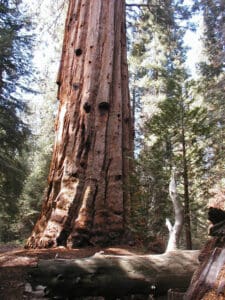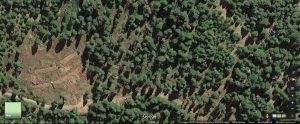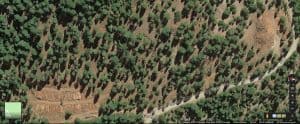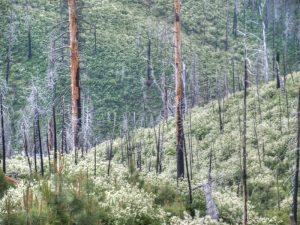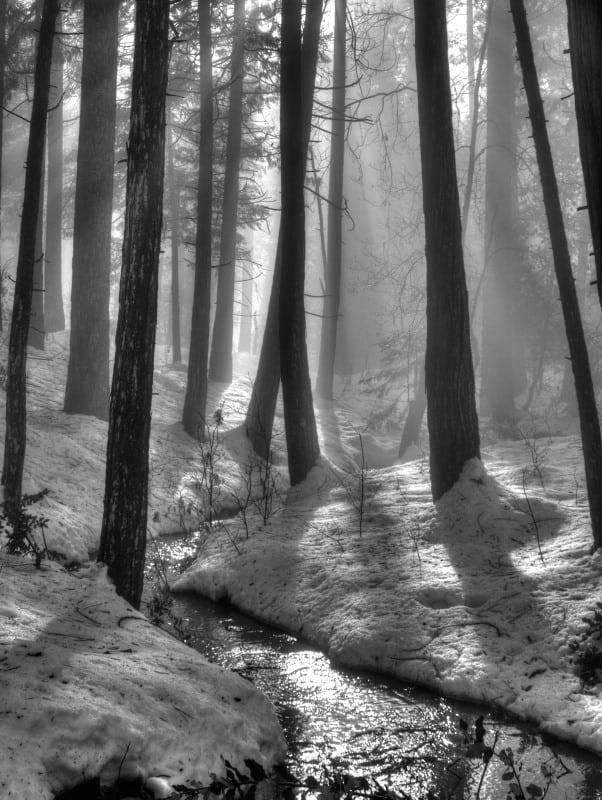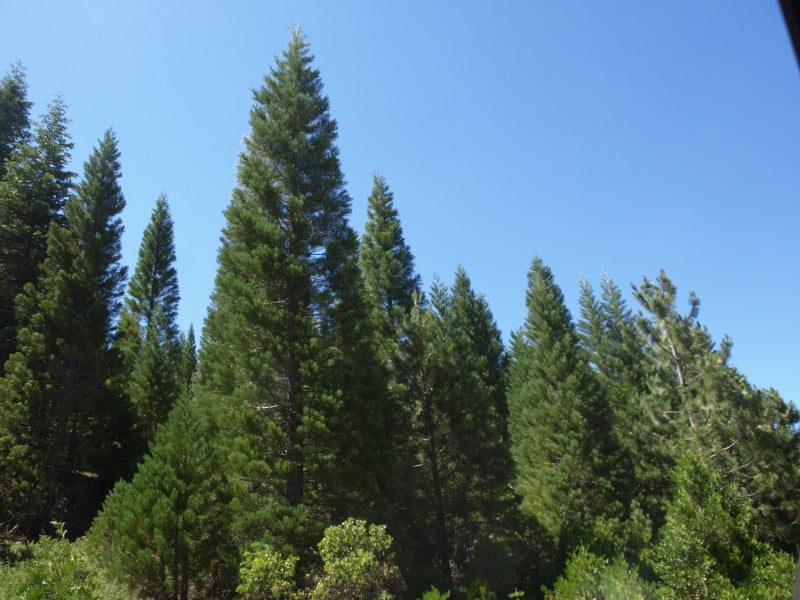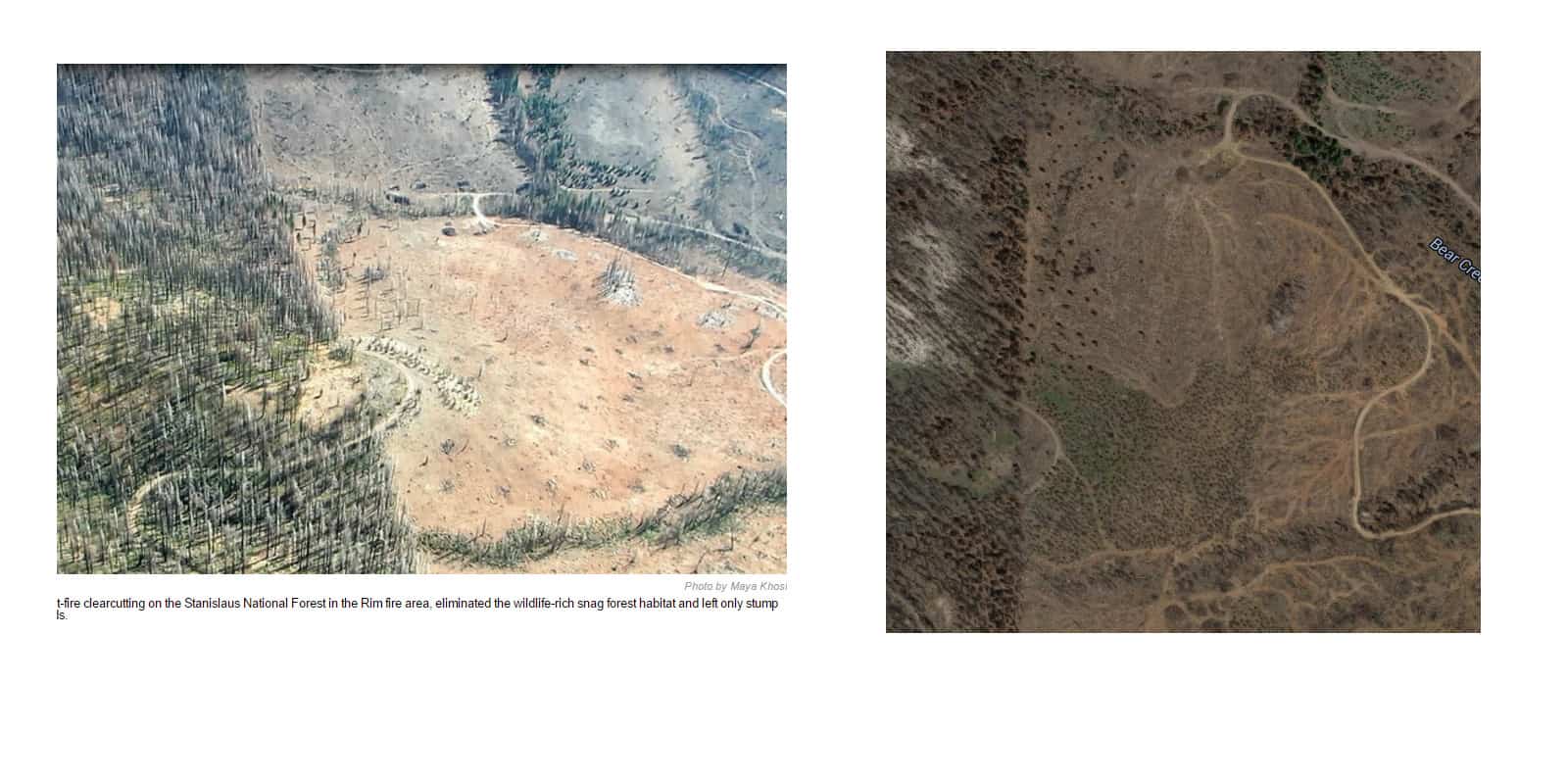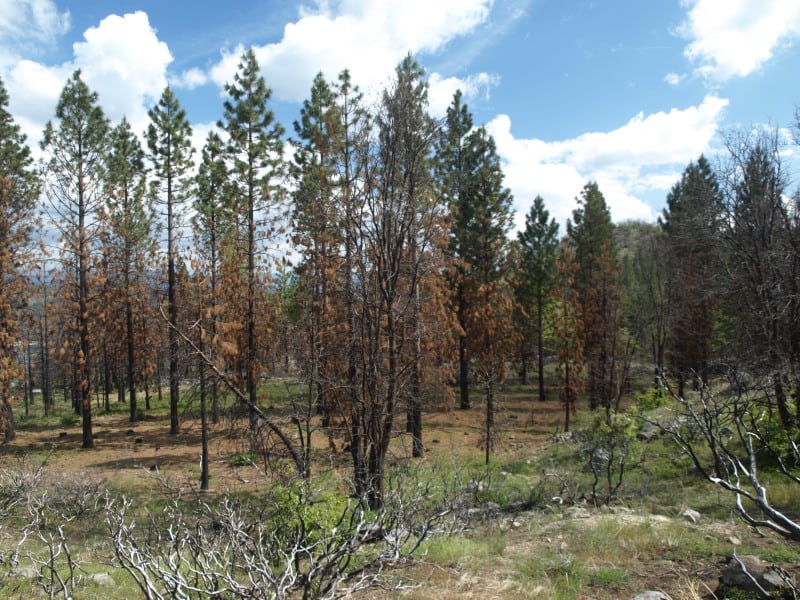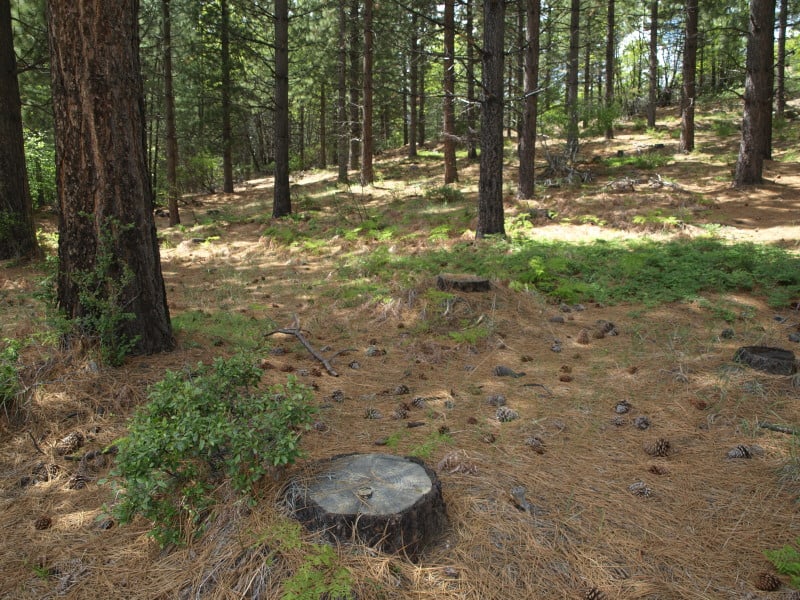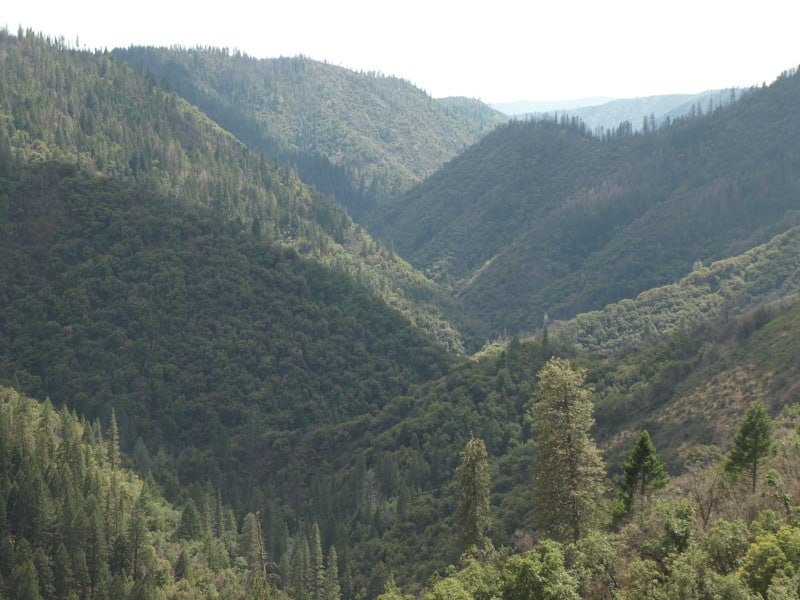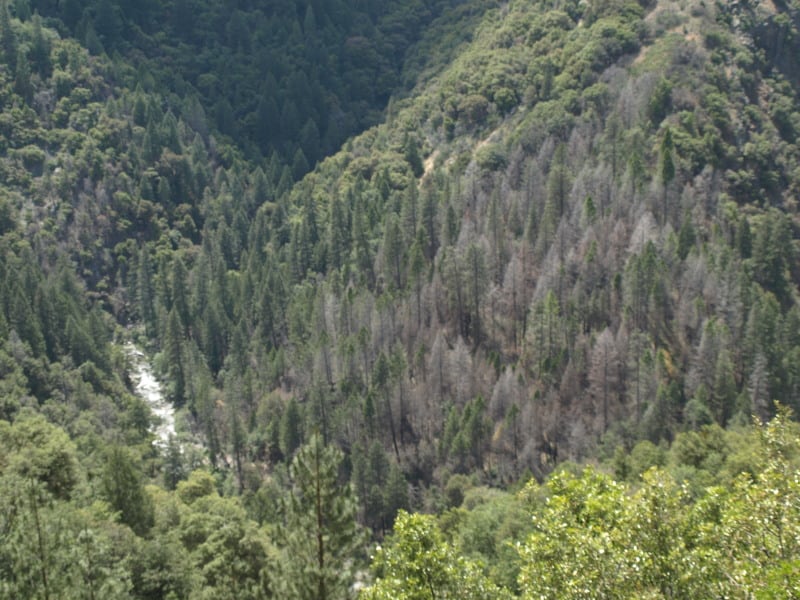Since a battle for salvage projects is brewing, I think the Forest Service and the timber industry should consider my idea to get the work done, as soon as possible, under the rules, laws and policies, currently in force. It would be a good thing to ‘preempt’ the expected litigation before it goes to Appeals Court.
The Forest Service should quickly get their plans together, making sure that the project will survive the lower court battles. It is likely that such plans that were upheld by lower courts, in the past, would survive the inevitable lower court battles. Once the lower court allows the project(s), the timber industry should get all the fallers they can find, and get every snag designated for harvest on the ground. Don’t worry too much about skidding until the felling gets done. That way, when the case is appealed, most of Chad Hanson’s issues would now be rendered ‘moot’. It sure seems like the Hanson folks’ entire case is dependent on having standing snags. If this idea is successful, I’m sure that Hanson will try to block the skidding and transport of logs to the mill. The Appeals Court would have to decide if skidding operations and log hauling are harmful to spotted owls and black-backed woodpeckers.
It seems worth a try, to thin out snags over HUGE areas, while minimizing the legal wranglings.

